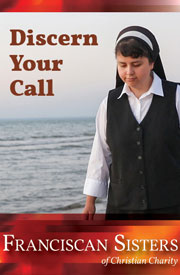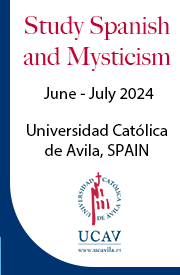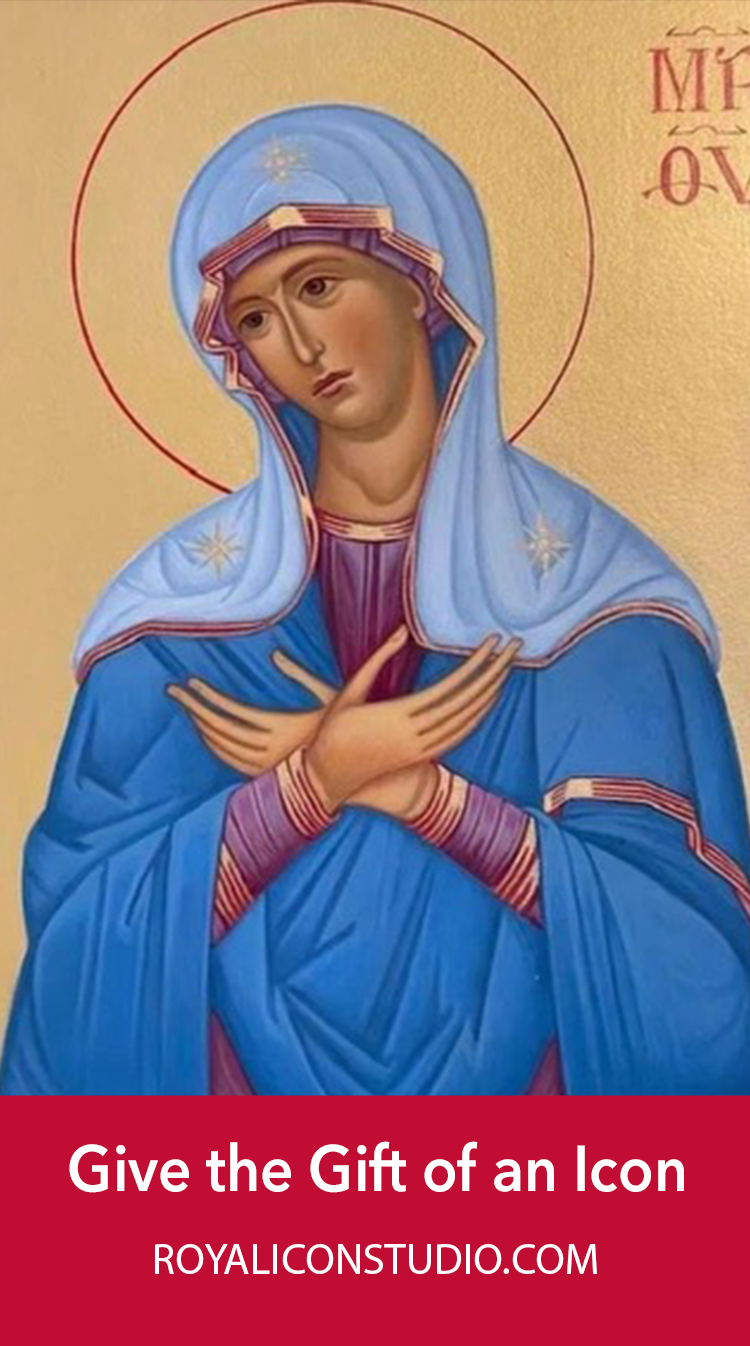I know it is customary to talk about the Moorish influence, as if what is really the Mediterranean influence was always a Moslem influence. This I believe to be a complete mistake. The indefinable connexion that links a town like Toledo to a town like Jerusalem existed long before Mahomet was born. It remained essentially a Christian connexion long after Mahomet’s religion had first swept over these places and at last retreated from them. We may call it, if we like, the Roman influence, though even that is insufficient. We may connect it with our own view of the Christian unity, though that will naturally be a matter of dispute. But whatever it is, it did not come out of the desert with the dry negations of a desert creed. It did not plant all those vineyards with the veto of Islam upon wine. It did not carve all those images with the veto of Islam upon statues. It did not find the chivalric devotion to the lady by looking for it in the harem, or all the legends of the Mother and the Holy Child from the arid Arabian dogma of the isolation of God.
The tradition for which Toledo still lifts its riven crown of roofs and battlements may have been stirred to life by movements out in the East, or mingled to advantage with strange and remote things; it may have gained as well as given something in its contact with the Arab conquerors of Africa; but it is certain, if anything is certain, that when that spirit of Spain and of Western Christianity was touched to new life, it was in the form of its own life that it unfolded and to the height of its own destiny that it rose again; and Islam did not make a new world in such places, but only awakened a world that was asleep. That world is now very wide awake; and if the cathedral of Toledo was not merely modelled on a mosque even when the world was swept by the Moslem, it is now even less likely that featureless mosques will be the only churches of the future. – from “The Tradition of Toledo” in The Illustrated London News (1926)















